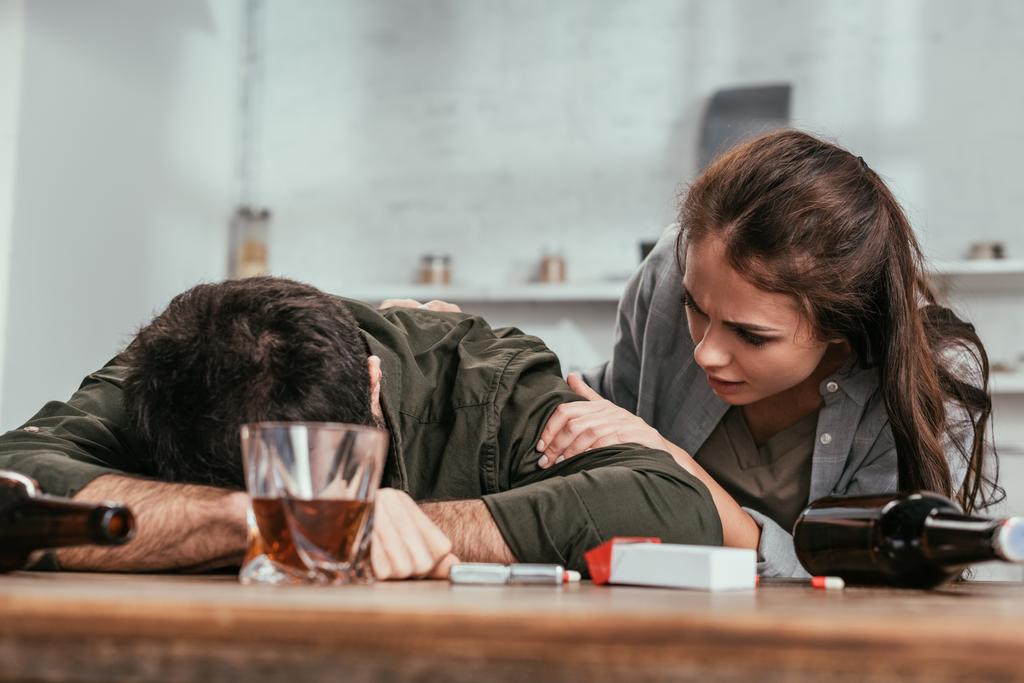4 min read
606 words
Addicts need help. Fortunately, several levels of addiction treatment are offered today. This allows each person to find the right care they need when they are in the recovery process. From early intervention to medically managed intensive inpatient, this care helps an addict get their life back on track.
Early Intervention

Getting problem users help early on can be crucial to prevent addiction from really getting its hooks in and allow people to bounce back long-term. The idea with early intervention is catching harmful use before things spiral out of control. For teens and young people, who can fall hard into addiction, early intervention is about slamming the brakes on first use. Equip them with coping strategies and a solid backup system. Research says the quicker people get treatment, the better they do overall. Early intervention interrupts the slide into deeper substance abuse. This approach also reduces social costs and allows peeps with growing issues a way to grab back the reins of their lives before they need more intensive utah drug rehab help.
Outpatient Care
With outpatient treatment, a person lives at home while attending therapy and groups multiple times a week. It works well if the addict has a supportive environment and is motivated to get healthy. Services often include individual and group counseling, medication management, case management, and more. There are different types too, including standard outpatient, intensive outpatient, and partial hospitalization programs.
Intensive Outpatient/Partial Hospitalization

Intensive programs provide more comprehensive services if someone needs more than standard outpatient. Patients attend structured activities and treatment for many hours each day and multiple days per week. The focus is stabilizing symptoms, tackling underlying issues, and building healthy coping strategies. Over several weeks or months, the person builds tools for managing stressful situations and their cravings healthily. The goal of these programs is to give people enough recovery capital through therapy and peer support so they can maintain their sobriety while living their normal lives again. For many folks struggling with addiction, IOPs and PHPs can provide that middle ground of treatment intensity between standard outpatient counseling and full rehab immersion.
Residential Treatment
Residential requires temporarily living full-time at a treatment facility, completely immersed in recovery activities. Residents participate in individual counseling, groups, life skills classes, medication oversight, recreational activities, and more around the clock. This structured environment removes distractions so residents can devote all their energy to getting well. The length of stay varies based on what each person needs. The staff helps the residents manage withdrawal and cravings while also teaching them healthy coping mechanisms. They keep patients busy from early morning until lights out with a full schedule focused on recovery. Studies show there’s a greater chance of sobriety when addicts complete 90 days in these intensive programs. Once they graduate, the hard work’s not over; they have to take what they learned and stay disciplined in maintaining their sobriety. Many continue getting support by joining 12-step programs or seeing addiction counselors.
Medically Managed Intensive Inpatient

This highest level of care provides 24/7 specialized addiction treatment. It’s recommended for complex situations, like co-occurring mental illness, pregnancy, or risky detox cases, overseen by medical personnel in a hospital facility. Care focuses on stabilizing acute symptoms and managing dangerous withdrawal. The length of stay depends on the patient’s situation.
Getting familiar with the different levels of addiction treatment can help you or someone you care about take the first step toward recovery confidence. While everyone has unique needs, finding services that match where someone is at today is critical, and the levels of care they provide build in intensity from there.

The explanation of the five levels of care in addiction treatment is clear and informative. It’s a helpful resource for understanding recovery options. Thankful for the guidance provided.